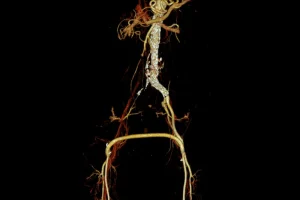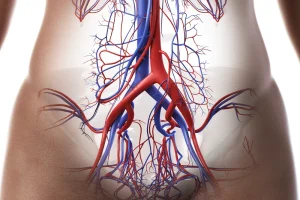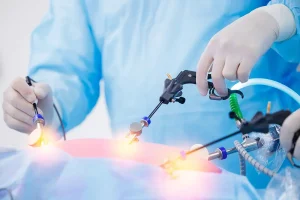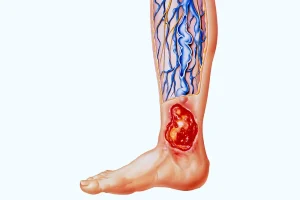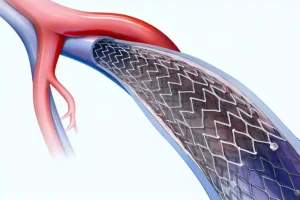Why Venous Stenting is a Revolutionary Treatment for Nutcracker Syndrome
Venous Stenting for Nutcracker Syndrome: A Revolutionary Treatment
Home » Venous Stenting for Nutcracker Syndrome: A Revolutionary Treatment
Medical Procedures
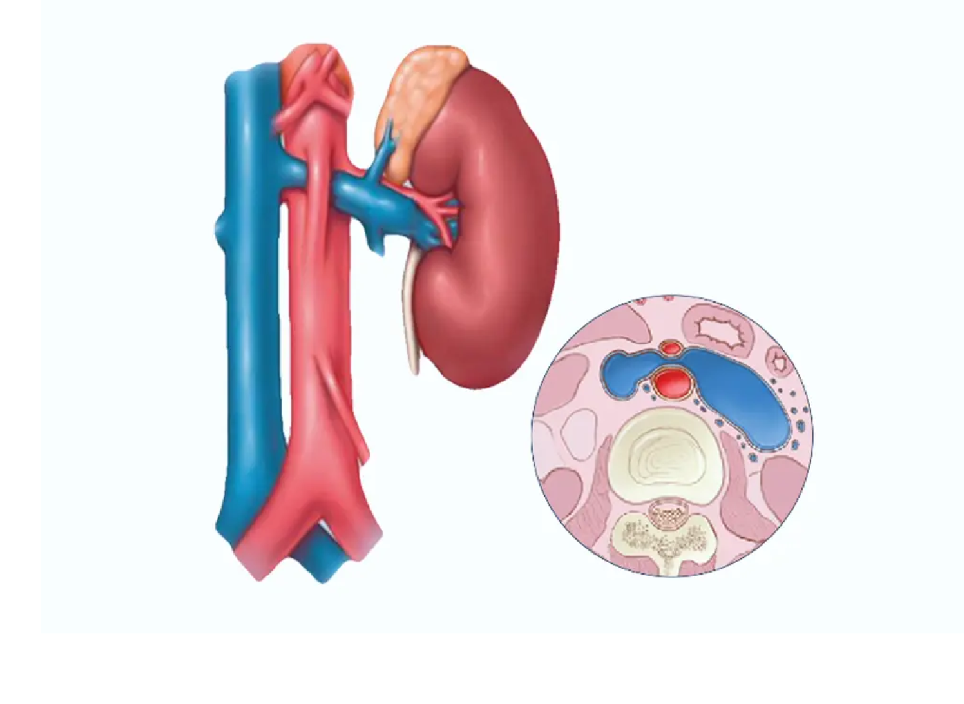
Nutcracker syndrome, a rare and frequently overlooked vascular disorder, results from compression of the left renal vein. This condition can cause a wide range of symptoms that significantly affect patient well-being. Recently, venous stenting has become a leading minimally invasive treatment option, offering relief and restored function for those impacted by this complex condition.
About Nutcracker Syndrome
Nutcracker Syndrome is defined by the compression of the left renal vein, most often between the abdominal aorta and the superior mesenteric artery. This anatomical constriction leads to elevated venous pressure and a variety of clinical symptoms. Common manifestations include left-sided flank or pelvic pain, hematuria (either microscopic or visible), and symptoms of pelvic congestion. In men, it may cause left-sided varicocele, while in women it may contribute to pelvic congestion syndromes.
Advantages of Venous Stenting in Nutcracker Syndrome
Venous stenting has emerged as a promising, minimally invasive approach for managing Nutcracker Syndrome. This technique involves implanting a small mesh tube, known as a stent, into the compressed portion of the renal vein. The primary goal is to relieve pressure, normalize venous drainage, and alleviate symptoms.
Main Benefits of Vein Stenting for Nutcracker Syndrome
- Relief of Key Symptoms: Venous stenting significantly reduces hallmark symptoms such as hematuria, pelvic pressure, and flank pain.
- Minimally Invasive: Compared to open surgical interventions, the vein stenting offers fewer complications and quicker recovery.
- Quality of Life Improvements: Patients frequently report resolution of symptoms and return to normal daily activities post-procedure.
- Long-Term Efficacy: Modern stent designs offer excellent durability, making the intervention a reliable long-term solution to venous compression.
Venous Stenting Procedure: A Closer Look
The affected vein is visualized using imaging techniques, after which the stent is carefully positioned to open the compressed segment and relieve pressure. The entire procedure generally lasts between 1 to 2 hours and is conducted under local anesthesia with sedation.
Who Can Benefit from Vein Stenting?
Candidates for venous stenting are carefully selected based on clinical symptoms and imaging findings. Suitable patients typically include:
- Individuals with a confirmed diagnosis via Doppler ultrasound, CT angiography, or MR venography.
- Those whose symptoms—such as hematuria, pelvic pain, or varicocele—persist despite conservative management.
- Patients in good overall health who are eligible for minimally invasive procedures and willing to adhere to follow-up protocols.
Request an appointment
Post-Procedure Care and Monitoring
After stent placement, patients are often prescribed short-term anticoagulation therapy to reduce the risk of thrombosis. Clinical symptom evaluation is also essential during follow-up visits.
Risks and Considerations
While venous stenting is generally safe, it is not without risks. Potential complications include:
- Bleeding
- Stent migration,
- Thrombosis (rare)
These risks are uncommon but should be thoroughly discussed with the treating vascular specialist prior to the procedure.
A Modern Approach to Nutcracker Syndrome
Venous stenting offers a transformative option for patients with Nutcracker Syndrome, blending clinical efficacy with minimal invasiveness. For individuals whose lives are disrupted by symptoms like pelvic pain or hematuria, this intervention can provide meaningful and lasting relief.
At VenArt Clinic, our vascular specialists employ advanced diagnostics and interventional expertise to deliver tailored treatment plans. If you are experiencing symptoms consistent with Nutcracker Syndrome, we encourage you to consult with our team to explore whether venous stenting may be the right solution for you.

